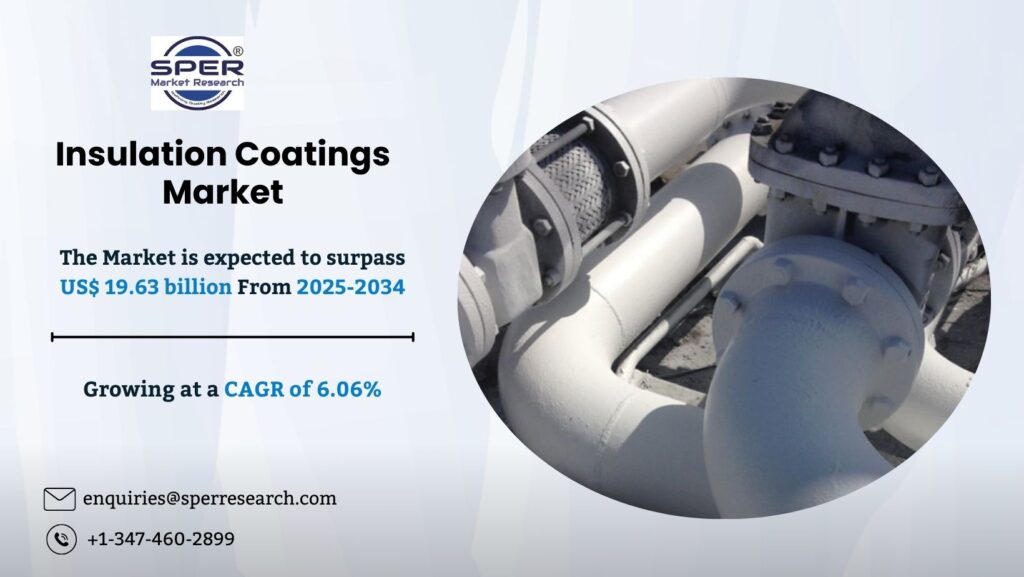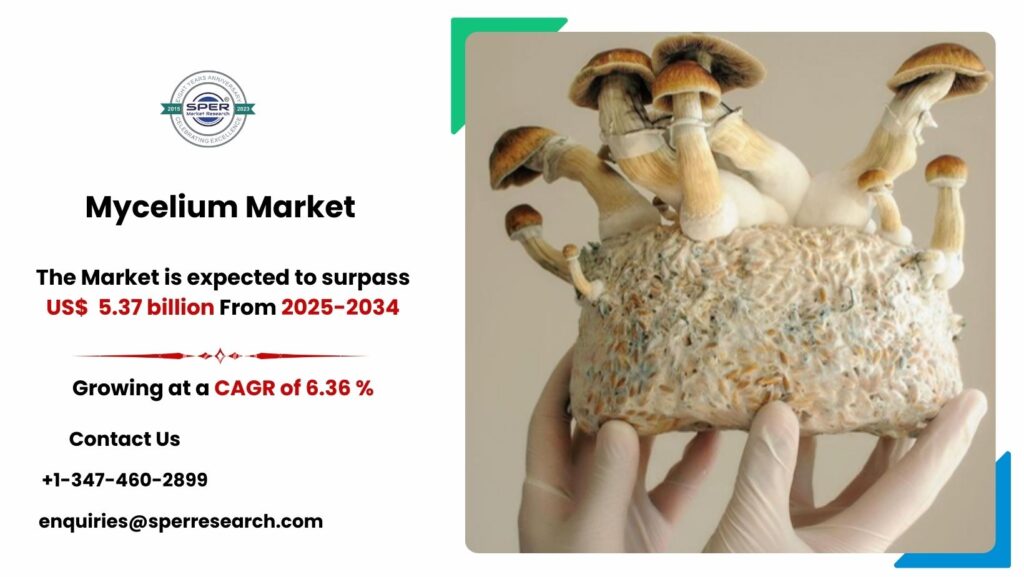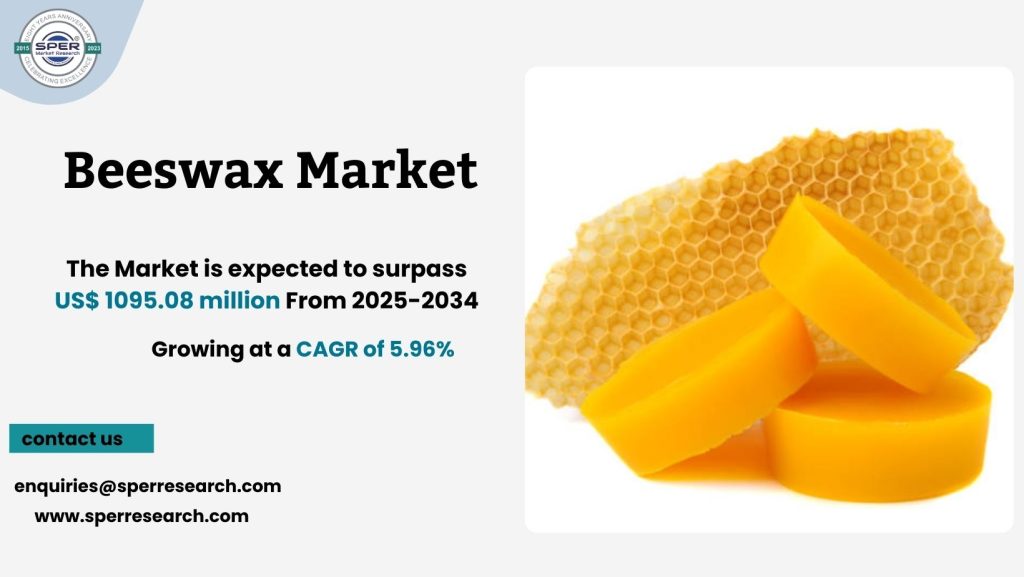Materials called textile colorants are applied to textiles and other textile materials to give them color. These consist of dyes and pigments, which are chosen according to the kind of fabric, the required colorfastness, the application technique, and the end-use specifications. While pigments are insoluble and need a binding agent to stick to the fabric surface, dyes are soluble and chemically link with fibers to provide vivid, long-lasting colors. The textile colorant business is essential to technical textiles, fashion, and home décor, among other fields. In response to growing environmental concerns and regulatory demands, the industry is undergoing a transformation thanks to innovations in eco-friendly, sustainable, and bio-based colorants.
According to SPER market research, ‘Global Textile Colorant Market Size- By Source, By Type, By Application- Regional Outlook, Competitive Strategies and Segment Forecast to 2034’ state that the Global Textile Colorant Market is predicted to reach 13.61 billion by 2034 with a CAGR of 5.81%.
Drivers:
A number of important reasons are driving the Textile Colorant industry. The fashion and clothing sector, which is constantly looking for bright, long-lasting, and varied color alternatives to satisfy shifting customer demands, is one of the main drivers. The need for specialist colorants is also being increased by the growing usage of technical fabrics in sectors including sports, healthcare, and the automotive industry. By increasing productivity and lessening their negative effects on the environment, dyeing technology advancements like digital and waterless dying are also spurring growth. Manufacturers are moving toward eco-friendly and biodegradable colorants as a result of growing awareness of sustainable practices. In addition, the industry is growing in emerging nations due to urbanization, population expansion, and increased disposable incomes.
Request a Free Sample Report: https://www.sperresearch.com/report-store/textile-colorant-market?sample=1
Restraints:
The market for Textile Colorants confronts a number of important obstacles. The environmental effects of traditional dyeing methods, which use a lot of water and discharge dangerous chemicals into water bodies, are among the main issues. Manufacturers are finding it more and more difficult to comply with strict environmental requirements, particularly in emerging nations with inadequate infrastructure. Adoption may also be hampered by the high price of environmentally friendly and sustainable colorants, especially for small and medium-sized textile manufacturers. Furthermore, maintaining compatibility and color fastness across different fabric types is also a technological problem. Shorter manufacturing cycles are required because to the rapid changes in fashion trends, which puts further strain on producers.
Asia-Pacific held the largest share in Global Textile Colorant Market in 2024. This dominance is attributed due to the largest dye-producing country due to its large-scale textile industry, readily available raw materials, and lower labor costs. The Asia Pacific region holds a significant market share, leading as both the largest producer and consumer. Some of the key market players are Allied Industrial Corp., Ltd, Archroma International, BASF SE, Colorant Limited, DuPont and others.
For More Information, refer to below link: –
Textile Colorant Market Growth
Related Reports:
Follow Us –
LinkedIn | Instagram | Facebook | Twitter
Contact Us:
Sara Lopes, Business Consultant — USA
SPER Market Research
enquiries@sperresearch.com
+1–347–460–2899







